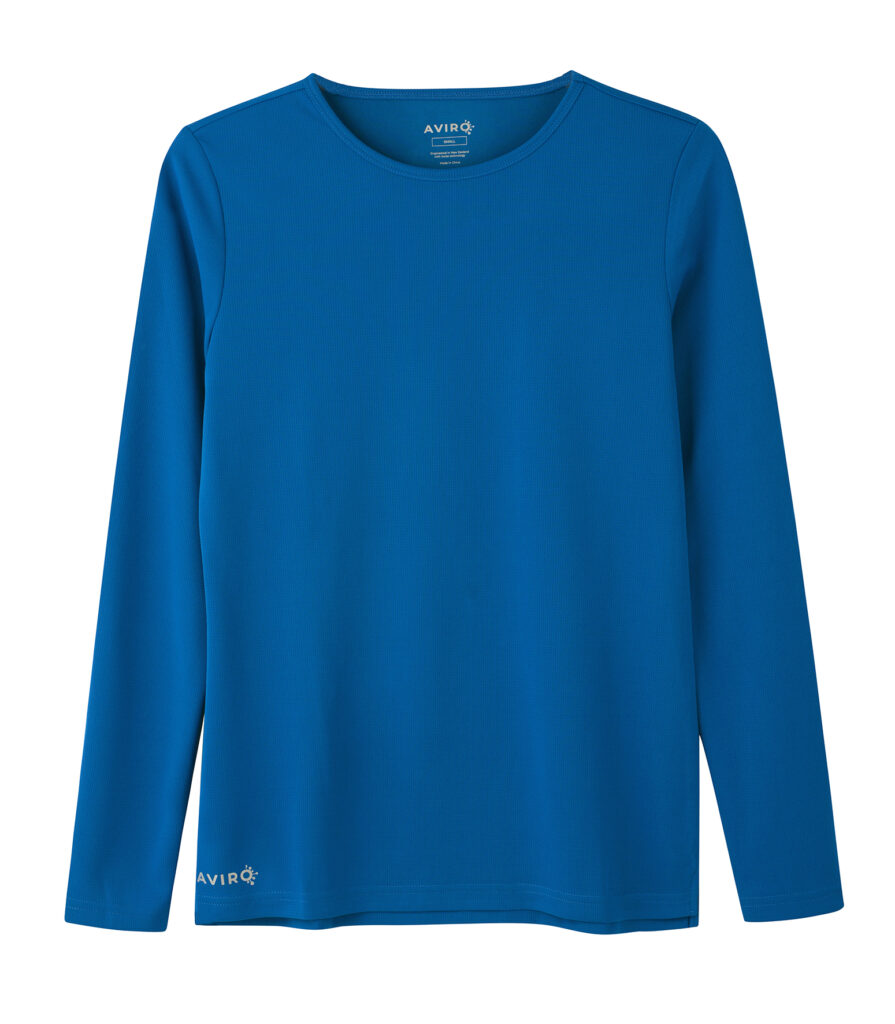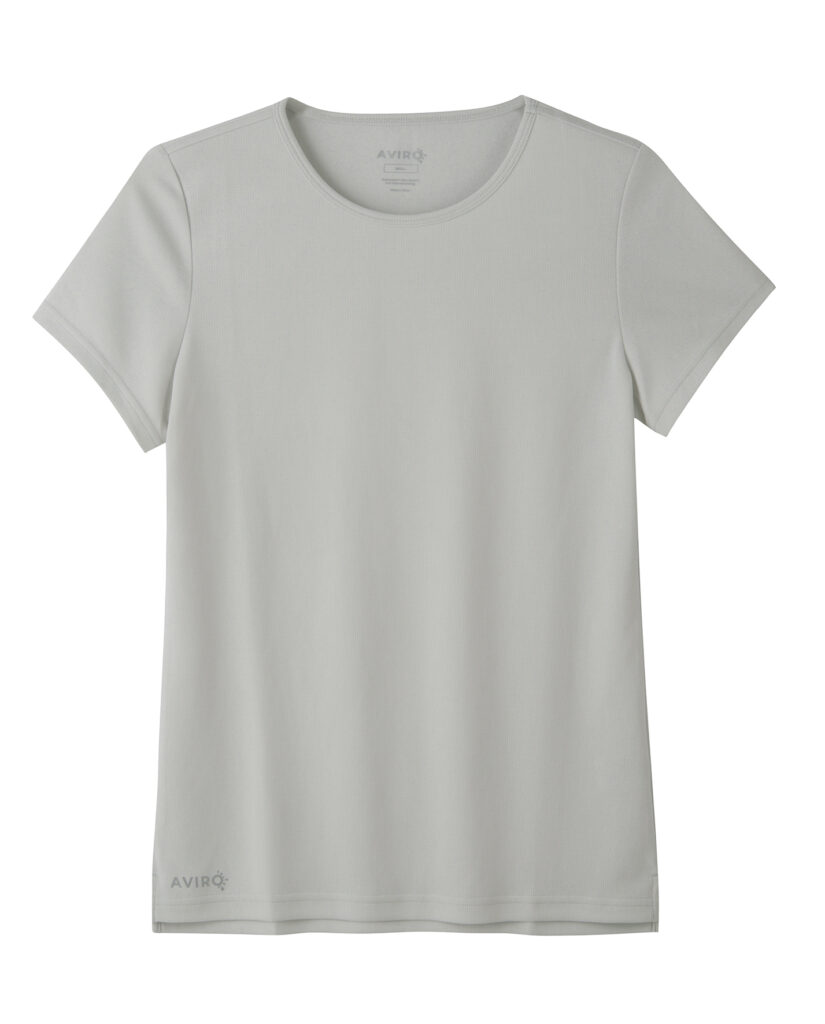INTERNATIONAL HIV/AIDS ALLIANCE LAUNCH RISQUE AND REFRESHING FIRST TV AD
Hot new TV advert celebrates the joys of safe sex
• New ‘Come Together’ advert for the International HIV/AIDS Alliance features a mix of sexualities, races, genders and ages in the throes of passion.
However there is a very serious underlying message.
• Ad marks climax of global Valentine’s Day fundraising campaign by the charity to highlight the importance of safe, protected sex and of HIV prevention, treatment, care and support services.
• New advert is a risqué and refreshing approach to charity fundraising advertising in a bid to highlight the continued importance of addressing the HIV epidemic.
SEX – but not the usual… This Friday evening sees a new approach to safe sex and charity fundraising with the broadcast of the International HIV/AIDS Alliance‘s first ever TV advert. The risqué and refreshing ad, which is airing for one night only, has been created in a bid to highlight the continued importance of addressing the HIV epidemic, an issue which the charity believes has fallen off the public agenda in recent years.

The visually arresting 60-second advert depicts a mix of sexualities, races, genders
and ages in the throes of passion.
The advert will be airing on Friday night for one night only with Channel Four leading the way at 11.05pm. It is part of the International HIV/AIDS Alliance’s ‘Come
Together’ campaign and has a very serious underlying message. It is designed to both highlight the importance of safe sex and unite people in an effort to end AIDS.

Every year, around 2.3 million people are diagnosed with HIV and 1.6 million die of AIDS-related causes. The advert asks viewers to donate money in order to save lives and prevent the spread of HIV around the world.
The first 5,000 people to donate £20 will also receive a ‘Come Together’ box in time for Valentine’s Day which is very much in keeping with the ad’s spirit. The box is designed to celebrate the joys of safe sex and contains a condom as well as a variety of sensual products including a luxury feather tickler, a blindfold and lubricant
Here are some quotes from the actors who took part:
Tim, 55, actor
“When Helen and I first arrived at the shoot we had no idea what we were going to do – but then Helen picked up the whip, I donned the fishnets, faked an orgasm and it all came (excuse the pun) naturally! I was fairly innocent in the 80s, but the message then was very different – casual sex without protection was widely accepted, until people were made aware of the dangers of contracting HIV. Now it’s much clearer that people can do whatever they like, provided they are taking sensible precautions with protecting themselves – which is what I took home from the shoot”.
Helen, Television/Theatre Actress
“I was in the entertainment industry when the AIDS taboo was prevalent, and scaremongering was rife. I sadly lost some of my dear friends to the disease/virus. This is why I was so drawn to taking this part in the ad – to increase awareness that HIV / AIDS shouldn’t have the stigma of a ‘gay’ disease – it affects the international community, no matter what colour, creed, sex or whatever. People should be educated about AIDS, not made to fear it.”
The first ever advert from the International HIV/AIDS Alliance has already set tongues wagging amongst industry experts.
Jo Hodges, Head of the Advertising Faculty at London College of Communication
“Historically the advertising campaigns surrounding AIDS only appeared to target the gay community. However, the Come Together ad shows couples of every sexual orientation enjoying sex from every angle and in turn produces what I think is one of the most provocative ads I have ever seen.
This is a welcome and urgently needed departure that doesn’t feel reproachful. Instead it is an open celebration of the joys of safer sex that targets people of all different ages, sexual orientations/preferences and genders.”
Awo Ablo, Director of External Relations at the International HIV/AIDS Alliance said:
“We’ve created a campaign that celebrates safe sex, in all its forms, in a way that’s open, honest and off-beat – and that positions it as a natural and wonderful part of everyday life. We wanted to create an experience that would resonate with people of all different identities. Safe sex should be available to everyone, it can save lives.
“We appreciate that this ad is risqué , but we hope it doesn’t shock or make people feel uncomfortable. The underlying message is vital.We have to communicate that AIDS is a very real problem for people who do not get the care and support that they need, it can mean illness, isolation and death. We need to raise awareness and funds in order to provide the services that people around the world need.”
What do you think?
 If the Covid pandemic has taught us anything it’s that anything can happen. No matter how hard we work something can blindside us and affect our business. When you are self employed you have to be extra cautious and have plans in place.
If the Covid pandemic has taught us anything it’s that anything can happen. No matter how hard we work something can blindside us and affect our business. When you are self employed you have to be extra cautious and have plans in place.










